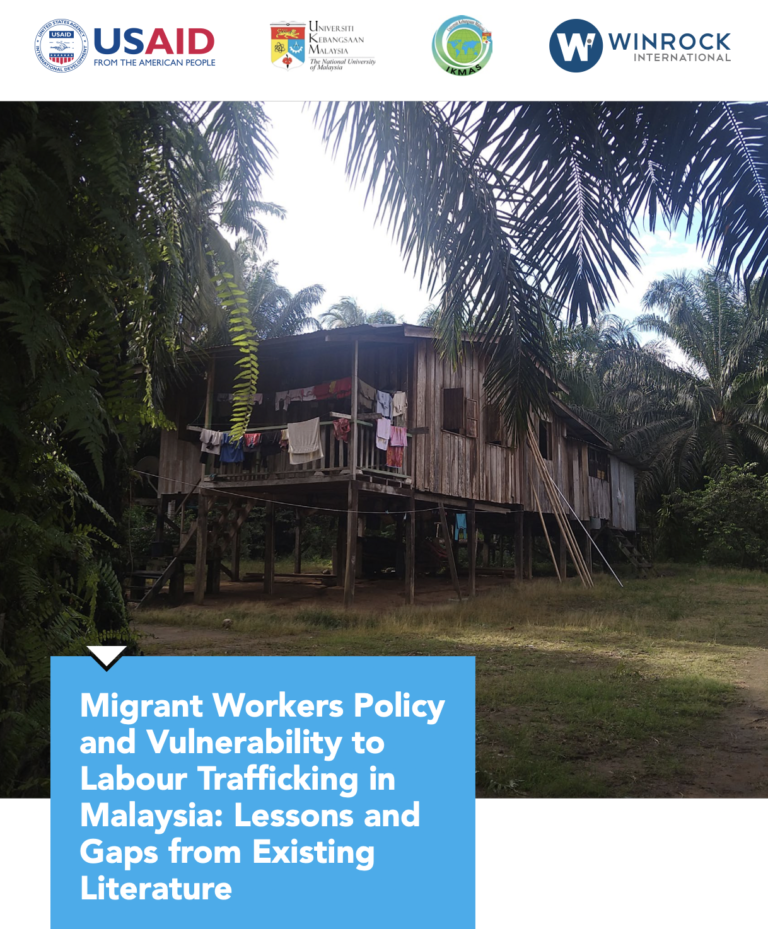“We work like robots”: Discrimination and Exploitation of Migrant Workers in FIFA World Cup Qatar 2022 Hotels
News & AnalysisPublications“Here, the salary is not about what you bring to the table. I will never get the same salary as an Arab colleague. There is a lot of discrimination against people from Africa. We are only hired in some types of jobs - security, housekeeping, the k...Read More

